Mastering Millipede Control: Professional Strategies for a Pest-Free Environment
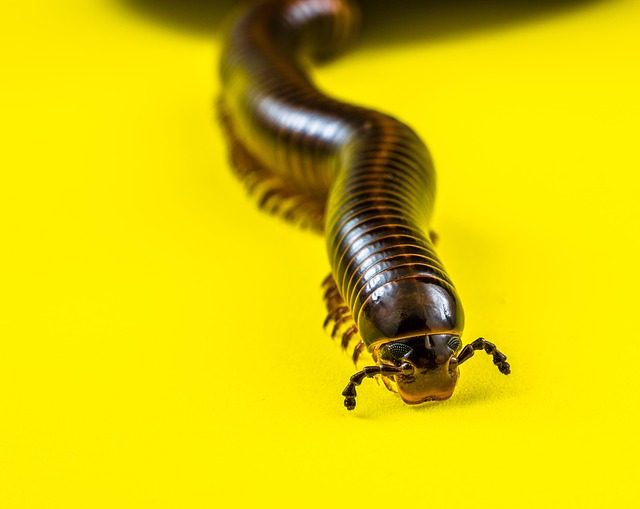
Millipedes, persistent in damp areas, require a strategic approach for professional removal. Experts…….
Understanding Milipede Control and Removal
Milipede control and removal refer to the strategies, techniques, and practices employed to manage milipede populations to prevent damage to property or crops, or to eradicate them when they become a nuisance or threaten ecosystems. This process involves identifying the species of milipedes, assessing their impact on the environment and human activities, and implementing control measures such as biological, chemical, or mechanical methods. Historically, understanding of milipede behavior has been crucial in developing effective control strategies. The practice is a delicate balance between preserving biodiversity and protecting human interests.
Global Impact and Trends
Milipedes are found worldwide, and their control and removal have significant global implications. Climate change and urbanization alter habitats, affecting milipede populations and the ecosystems they are part of. In tropical regions, milipedes play a vital role in decomposition and nutrient cycling. However, in temperate zones, they can become pests in agricultural settings or residential areas. The global trend towards sustainable pest management has led to increased research into eco-friendly control methods that minimize environmental impact.
Economic Considerations
The economic aspects of milipede control and removal are multifaceted. In agriculture, milipede infestations can lead to crop loss, necessitating costly interventions. Conversely, the milipede industry, including the pet trade for certain species, represents a niche market with significant economic value. The role of “Milipede Control and Removal” within economic systems is critical, as it ensures agricultural productivity, protects stored products, and maintains infrastructure integrity.
Technological Advancements
Recent technological advancements have significantly impacted milipede control and removal. Innovations such as genetic monitoring tools, automated trapping devices, and targeted pesticides have improved the efficiency and efficacy of control measures. The use of biopesticides derived from natural sources has also gained popularity due to their reduced environmental impact. Future advancements may include the development of gene drive technologies to control invasive species or the use of robotics for monitoring and removal.
Policy and Regulation
Policies and regulations surrounding milipede control and removal are shaped by local, national, and international frameworks. Invasive Species Acts and Integrated Pest Management (IPM) policies guide the implementation of control measures. These regulatory systems aim to balance the protection of biodiversity with the needs of agriculture and human habitation. Compliance with these regulations is essential for ensuring sustainable practices in milipede management.
Challenges and Criticisms
The challenges of milipede control and removal include public resistance to chemical controls, the emergence of resistant species, and the ecological consequences of eradication efforts. The debate over whether to prioritize non-chemical methods or the development of targeted pesticides continues. To address these issues, a combination of habitat preservation, biological control agents, and monitoring programs is recommended. Public education on milipede importance and identification of problematic species can also help in managing expectations and reducing unnecessary interventions.
Case Studies
Several case studies illustrate successful applications of milipede control and removal strategies. In one instance, a combination of habitat modification and biological control agents effectively managed an urban infestation without the use of chemical pesticides. Another example involves the eradication of an invasive species from a fragile ecosystem, which was achieved through a coordinated effort involving multiple stakeholders. These case studies provide valuable insights into effective management practices.
Future Prospects
The future of milipede control and removal is likely to focus on the development of sustainable, integrated approaches that protect both human interests and the environment. The use of genetics and molecular biology to understand milipede populations better will inform conservation efforts and targeted interventions. Advances in artificial intelligence and machine learning may lead to more precise prediction and management models. As urbanization continues, the role of milipedes as indicators of environmental health will become increasingly important.
Conclusion
Milipede control and removal are integral to maintaining ecological balance while protecting human activities. This article has explored the multifaceted aspects of this field, from understanding the milipedes themselves to the broader economic and policy landscapes that shape management practices. As we move forward, it is clear that sustainable and integrated approaches will be key to addressing the challenges presented by milipede populations.
FAQ Section
What are milipedes? Milipedes, also known as thousand legers, are myriapods characterized by two pairs of jaw appendages, two body segments, and typically numerous legs. They play a vital role in decomposing organic matter and contributing to nutrient cycling.
Why is milipede control and removal necessary? Control and removal are necessary to prevent damage to crops, structures, or personal property, to mitigate health risks associated with certain species, and to protect native ecosystems from invasive species.
What are some common methods of milipede control and removal? Methods include habitat modification, biological controls like predators or nematodes, mechanical removal, and in some cases, chemical treatments.
How do climate change and urbanization affect milipedes? Climate change can alter the distribution and abundance of milipede species, while urbanization can create new habitats that may lead to increased pest pressures in urban areas.
Can milipedes be harmful to humans or crops? Some species can be harmful by damaging property or consuming valuable crops. A few species are known to secrete a toxic fluid when disturbed, which can be irritating or harmful to humans and pets.
What role do policies play in milipede management? Policies provide the framework for managing milipedes sustainably by guiding practices that protect biodiversity, human health, and economic interests.
How can I identify a milipede infestation on my property? Infestations are typically characterized by the presence of milipedes in or around your home or crops. Regular inspections and monitoring can help detect infestations early.
Are there any environmentally friendly ways to control milipede populations? Yes, integrated pest management (IPM) strategies include biological controls, habitat modification, and mechanical removal, all of which are designed to minimize environmental impact.

Millipedes, persistent in damp areas, require a strategic approach for professional removal. Experts…….
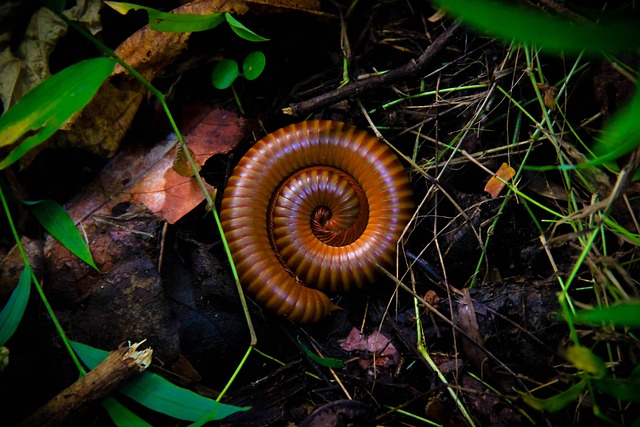
Millipedes often invade homes through cracks and humid areas, causing concern for homeowners. Profes…….

Millipedes, drawn to damp environments and organic matter, infiltrate homes through cracks and unscr…….
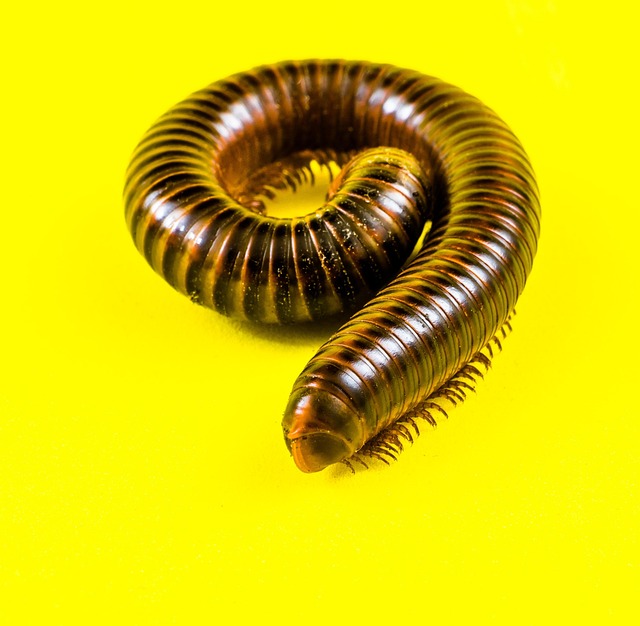
Millipede infestations pose significant issues for homeowners and businesses due to their unappealin…….
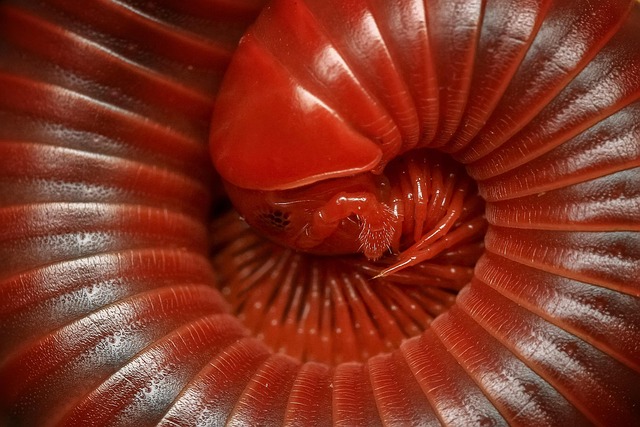
Millipedes infiltrate homes through cracks and gaps, requiring homeowners to seal entry points with…….
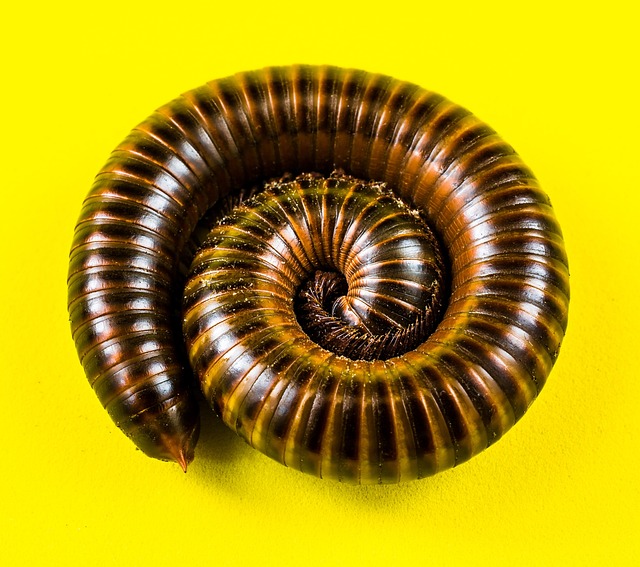
Millipedes, drawn to damp, dark spaces, often invade homes through basements and bathrooms. To achie…….
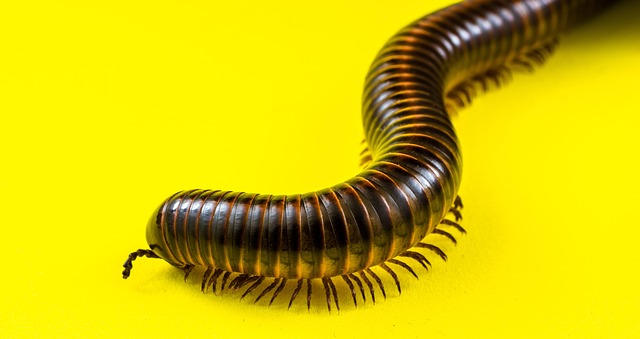
Millipedes, despite their tiny size, can cause big problems for homes and businesses. This introduct…….
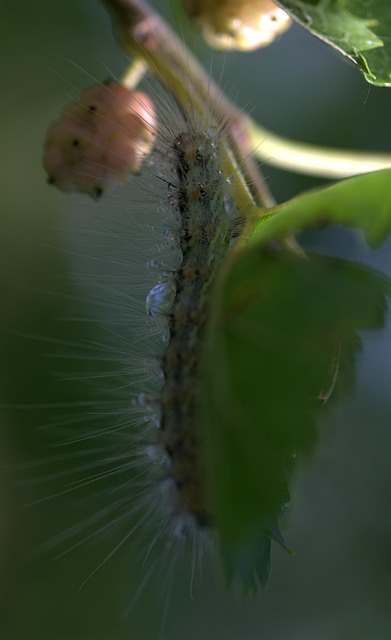
Millipedes, attracted to damp environments and organic materials, are common pests requiring profess…….

Millipedes, despite being misunderstood, are integral to damp, dark ecosystems but can become persis…….